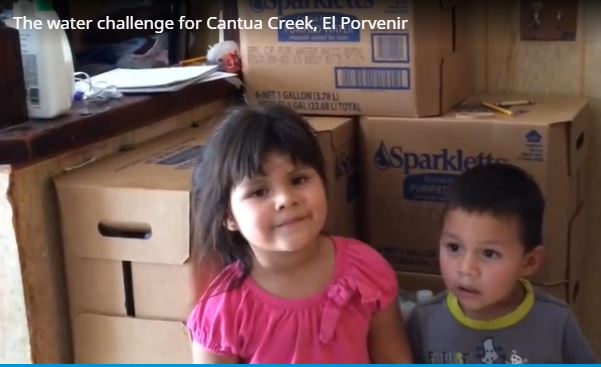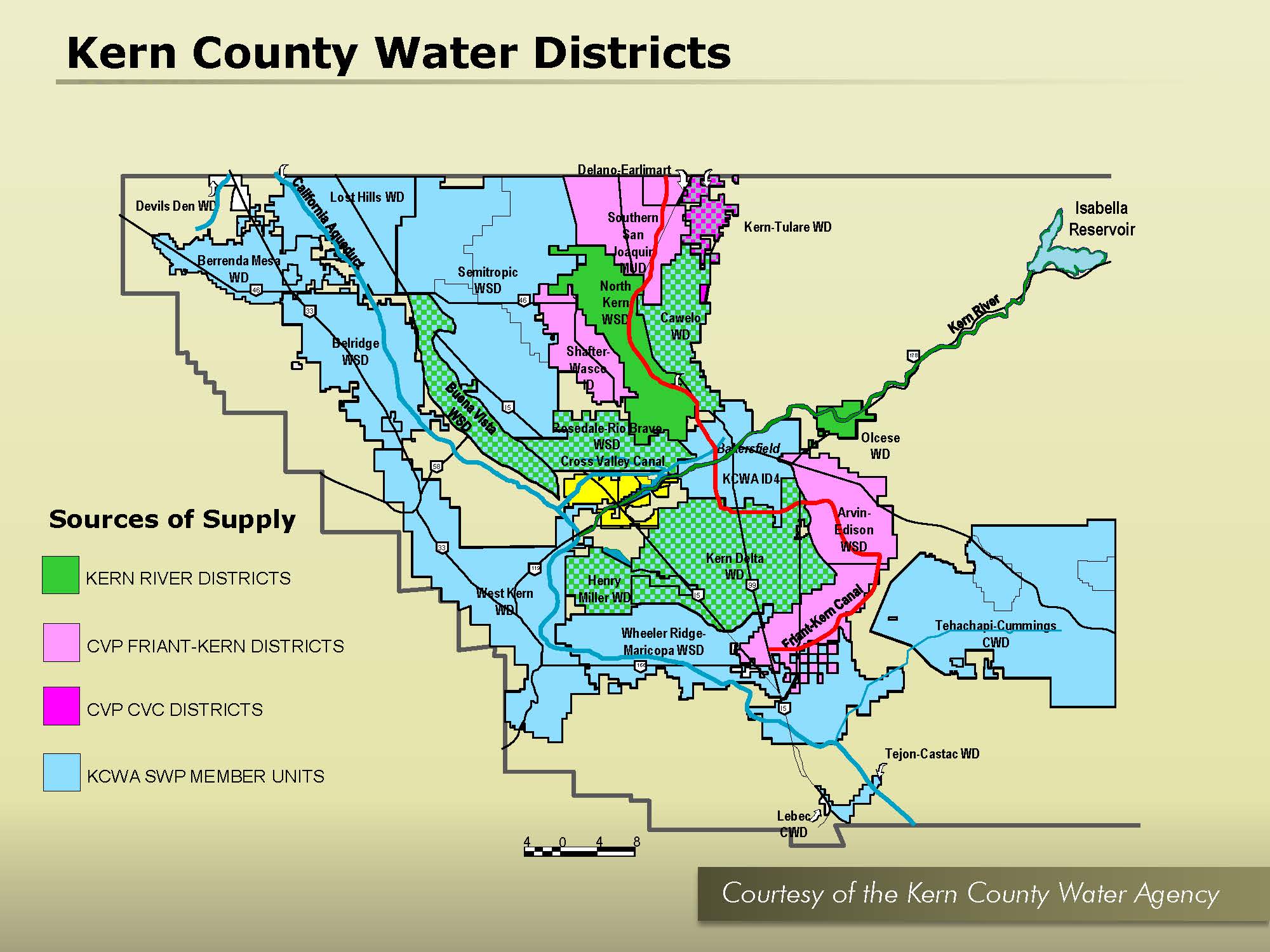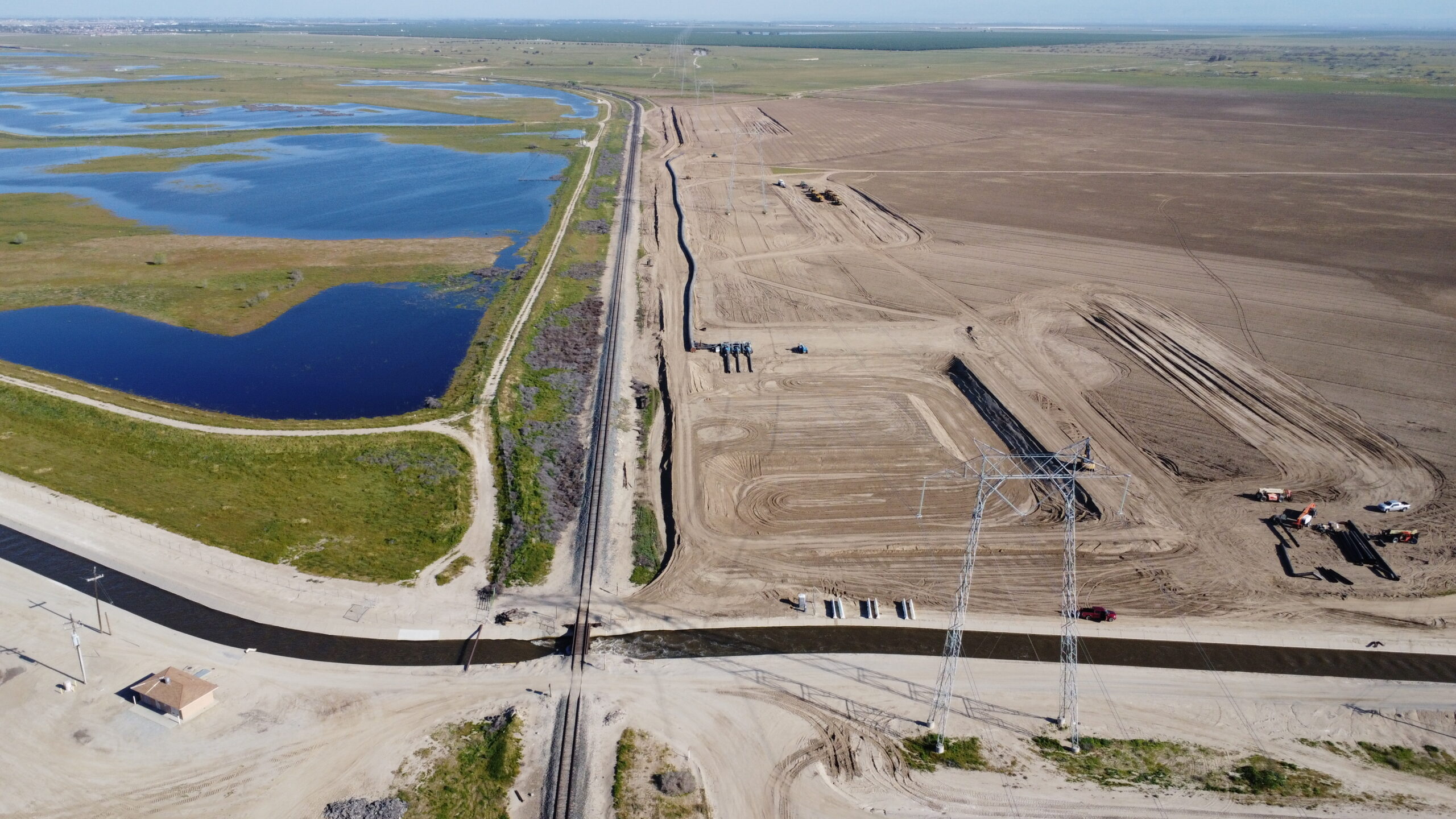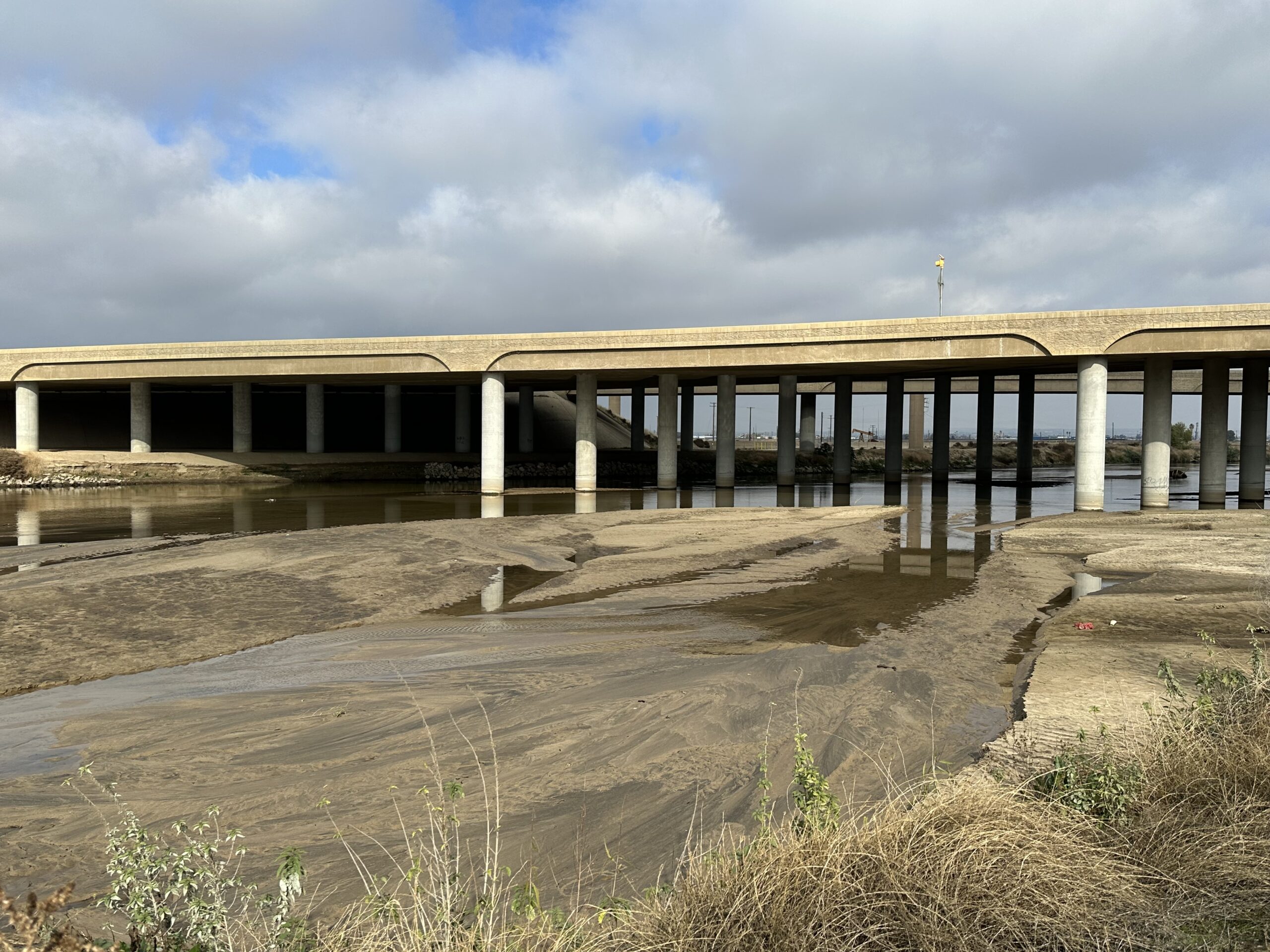This story was produced with funding and support from Fresnoland, for the Fresno Bee. Republishing is encouraged 48 hours after initial posting.


The longer it takes for two new wells to be dug in Cantua Creek and El Porvenir in western Fresno County, the deeper in debt the towns are mired.
Now, with the drought, those well projects are in a race against dropping groundwater levels as farmers, cut off from surface water supplies, are leaning more heavily on the aquifer.
The well projects started in 2018 and aren’t scheduled to be completed until sometime next year.
“We have 11 more long months to get there,” said Brian Pacheco, a Fresno County supervisor whose district includes the two disadvantaged, mostly Latino farmworker towns of about 440 people combined.
An unreliable water supply is just one complication, Pacheco said. The drought could also jeopardize overall project costs.
That’s because Cantua Creek and El Porvenir currently get water through Westlands Water District, which buys it on the open market. The last drought caused water prices to skyrocket and Pacheco is worried about a repeat.
With the towns already in debt for water by more than $245,000, the wells can’t be drilled fast enough. And residents are just hoping water from the proposed wells will be drinkable.
“It’s a terrifying situation,” said Leslie Martinez, community engagement specialist for advocacy nonprofit Leadership Counsel for Justice and Accountability. “We frankly don’t have a plan.”
Meanwhile, residents are paying above top dollar for water they can’t even drink.
In Cantua Creek, resident Dolores Diaz pays about $190 a month for water, compared to an average of about $50 a month in the City of Fresno, 40 miles northeast. More than 43% of Cantua Creek residents live in poverty and the median household income is $46,000, according to DataUSA. El Porvenir residents pay a base rate of $104 a month plus $2.48 per 1,000 gallons on top of the base rate.
“It’s difficult for us to pay the water bills and to know that it is no good and that it’s dangerous for our health,” said Diaz in Spanish through an interpreter. “I don’t feel comfortable when my grandkids come and they want to take a shower.”
HIGH-PRICED IMPORTS
The water is shipped down from the Sacramento-San Joaquin Delta and is treated by the county. It has to be treated for disinfection byproducts, including Total Trihalomethanes and Haloacetic Acids, according to Chris Bump, principal staff analyst at the Fresno County Department of Public Works and Planning. Residents have been getting bottled water from the State Water Resources Control Board since 2015, since even after treatment, the water isn’t always considered safe to drink.
That imported Westlands water isn’t cheap. Residents and county officials are hoping prices don’t crank up to $1,444 an acre foot, which is what they paid for water during the 2012-2016 drought.
“Unfortunately the longer we wait, the worse the financial situation gets,” said Amina Flores-Becker, resources division manager at Fresno County’s Department of Public Works and Planning.
Cantua Creek and El Porvenir are County Service Areas, special districts governed by the county’s Board of Supervisors. Residents pay into a fund for some basic services, such as water, which the county then administers.
It’s not an ideal situation.
Flores-Becker said even though residents are paying what seems to be high fees for water, that money isn’t enough to cover the county’s bill from Westlands, which is why the towns’ debt has ballooned. Fresno County got some relief from the state Water Board, which chipped in $100,000 toward water costs from 2014-2018. The Water Board is funding the new wells at a cost of $11 million. California’s Department of Water Resources also funded the construction of a new water distribution system at a cost of $2.7 million.
But the towns’ water debt continues to grow as the well projects drag on, slowed by the pandemic and a shortage of materials, Flores-Becker said.
Though residents and observers are hopeful the new wells will be an answer for Cantua Creek and El Povenir, some feel a long-simmering frustration toward Fresno County.
“This is completely on the county,” said Leadership Counsel’s Martinez. “The amount of dollars that have gone into this project only for it to continue to be stalled and stalled is extremely disturbing.”
RECKONING WITH THE PAST
The county’s history with these towns — and their water — goes way back.
El Porvenir and Cantua Creek originated as rough labor camps that supplied farms with generations of workers. For decades, they lived without running water or electricity.
In the 1960s, residents teamed up with nonprofits and agencies such as Self-Help Enterprises, Farmers Home Administration, the Office of Economic Opportunity and American Friends Service Committee to build new homes in El Porvenir.
Diaz and her family lived in one of those camps where conditions were still makeshift. Her adult daughter, Sagrario, remembers her father bringing home tractor batteries to use for electricity.
In, “The Dreamt Land,” a book about the history of water in the Central Valley, author Mark Arax describes the communities as filled with hundreds of Mexican farmworkers who lived in cabins and survived off dirty canal water.
Arax wrote that in the late 1970s, farmworkers contracted worms from the water. The terrible conditions caught public attention and officials were forced to act, and “Fresno County was shamed into shutting the colonies down.”
By 1981, the county bought land to develop farmworker housing and installed permanent water and sewer lines and gravel streets. Diaz and her family relocated to Cantua Creek and have been there ever since.
The towns eventually got their own wells, but Cantua Creek’s well became contaminated with nitrates, and the El Porvenir well couldn’t produce enough water. The county stepped in again in 2006 and began importing water from Westlands Water District.
DEALING WITH CONSEQUENCES
Whether the new wells solve the towns’ relentless water problems remains to be seen. Diaz worries that dropping groundwater levels could ultimately cause the wells to fail as levels around Cantua Creek have already dropped below 2015 groundwater levels, according to a study commissioned by the Leadership Counsel.
And many residents do not trust the water quality in the area. Ana Jauregui grew up in Cantua Creek and lives there with her husband and seven children, four months to 13-years-old. Her husband has worked in the surrounding fields for more than 20 years. She worries about pesticides.
“They’re literally almost in our backyard; that’s how close the fields are to us,” Jauregui said. “The water itself was not created contaminated; we have done that ourselves.”
Test wells haven’t shown problems other than manganese, a mineral that causes discoloration. But residents such as Jauregui do not believe that the water or its quality can be counted on.
“Sooner or later it’s going to get worse,” Jauregui said. “And we are going to deal with the consequences.”
Given the towns’ history, her skepticism and questions are well-founded. Answers are harder to come by.
“If you were to ask me, ‘should you put a town out there today?’ No. You don’t have a good water source; it’s not a great place to put it,” said Darrin Polhemus, deputy director of the State Water Resources Control Board’s Division of Drinking Water. “But the community lives there, and we need to address it.”
Share this:
- Click to share on Facebook (Opens in new window)
- Click to share on Twitter (Opens in new window)
- Click to share on LinkedIn (Opens in new window)
- Click to share on Reddit (Opens in new window)
- Click to share on Tumblr (Opens in new window)
- Click to share on Pinterest (Opens in new window)
- Click to share on Pocket (Opens in new window)
- Click to share on Telegram (Opens in new window)
- Click to share on WhatsApp (Opens in new window)
- Click to print (Opens in new window)









You must be logged in to post a comment.